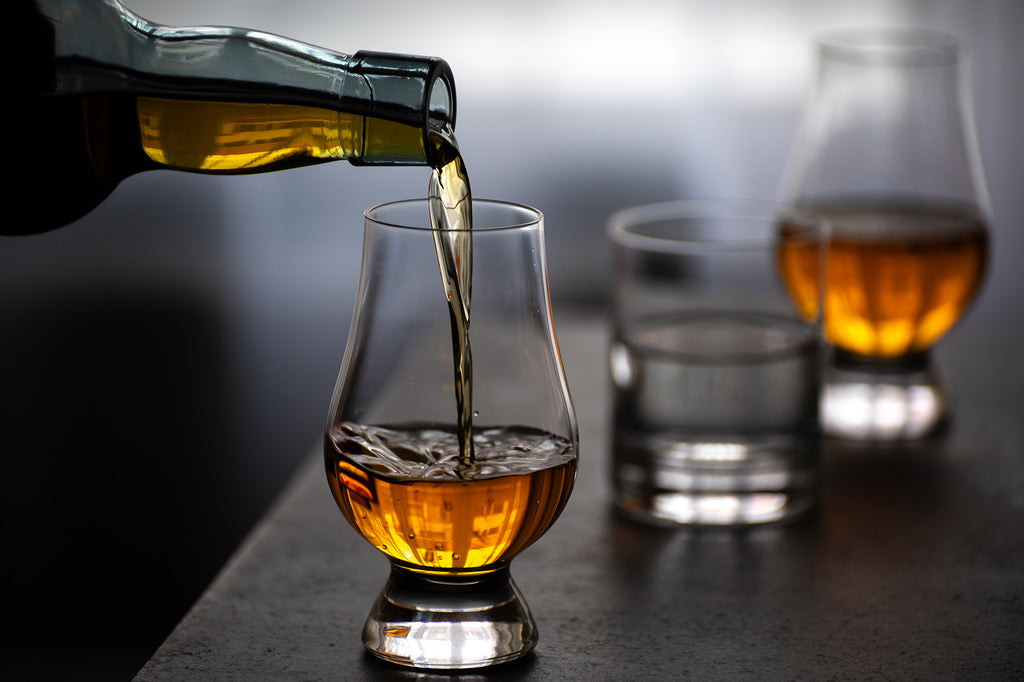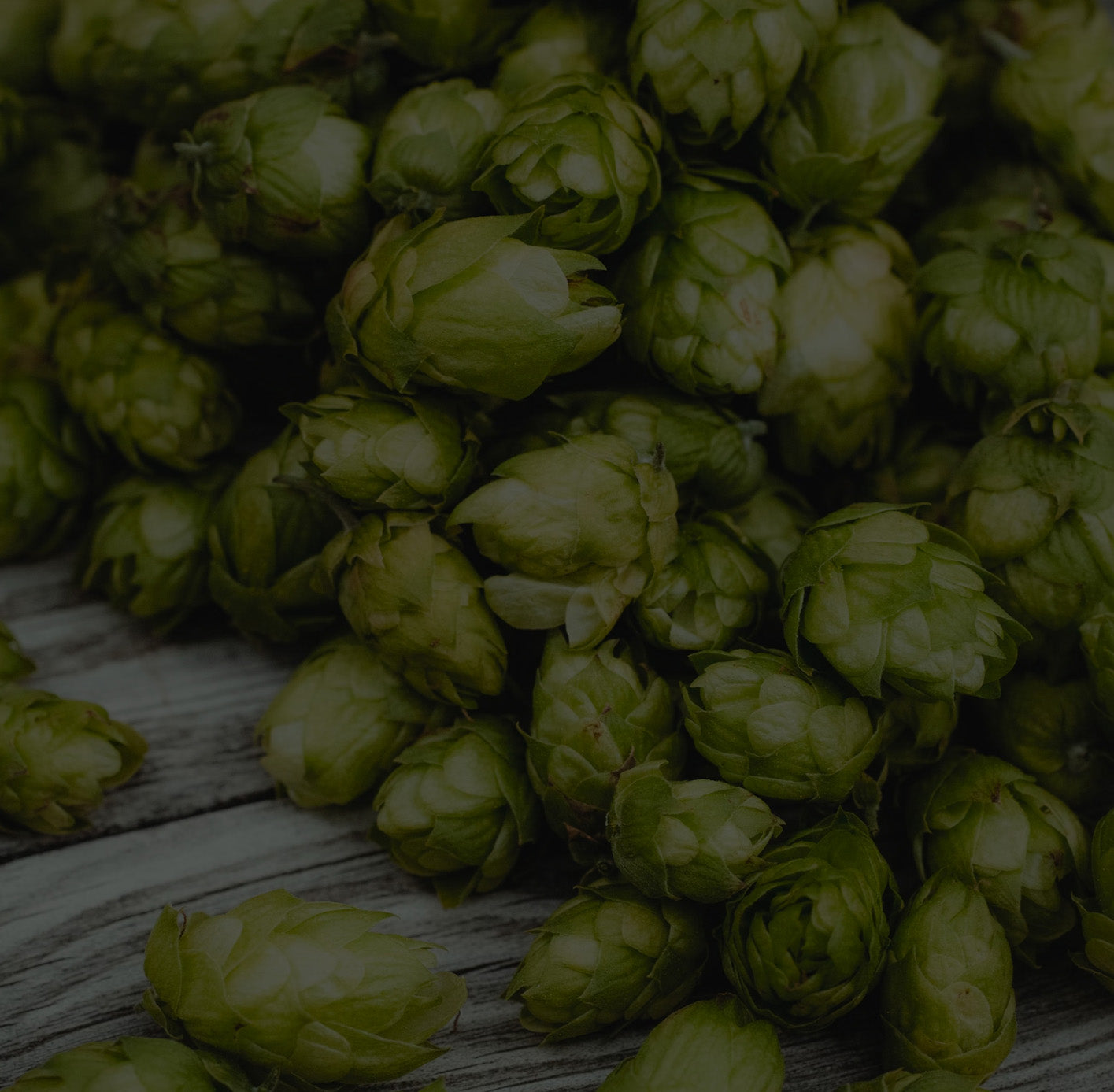Brandy is a distilled spirit made from a fruit mash or wine. Many different types of fruit are used to make brandy including grapes, apples, peaches, and more. However, unlike whiskey and bourbon, which are made from several types of grain, brandy is always made with a pure fruit mash. In this article we’ll explain how to make brandy, step by step.

Although we sell a wide range of stainless steel stills, we don’t have a license to make brandy, which is illegal to produce at home in the United States without federal and state permits. So to give you the best tutorial possible, we’ll be getting a bit of help from Jesse Wilson, a Master Distiller from the great country of New Zealand. It must also be noted that this article is for educational purposes only. Don’t try this unless you possess all of the required federal, state, and local permits.
What is Brandy?
Before we get started with how brandy is made, let’s clarify the definition. In other words, what is brandy? According to the United States is regulated by the United States Tax and Trade Bureau (TTB). Brandy is a spirit that is distilled “from the fermented juice, mash or wine of fruit or from its residue at less than 95% alcohol by volume (190 proof) having the taste, aroma and characteristics generally attributed to brandy and bottled at not less than 40% alcohol by volume (80 proof).”
The TTB defines what the spirit is, specifies how it needs to be produced and enforces these regulations. You can read all about brandy in chapter 4 of the Beverage Alcohol Manual (BAM), which defines the overall characteristics of brandy.
Ok, now that we know generally what it is and how it’s made, what is brandy made from? The primary ingredient used to make brandy is fermented grape juice, or wine. Where did brandy originate? It’s thought that brandy was first distilled in France. In fact, literature referencing Armagnac, a specific type of brandy produced in southern France, dates back to 1310! What are the most popular types of brandy? Rémy Martin, Hennessy, and Courvoisier are among the most popular types of brandy in the world. Can other types of fruit be used to make brandy? Yes, brandy can be made with any type of fruit. However, it’s made with anything other than grapes, the type of fruit is specified in the name. For example, brandy made from apples would be called “apple brandy.”
Speaking of apple brandy, check out this article if you’re interested in knowing how to make apple brandy. Oh, and here's how to make plum brandy. And last but not least, here's an article on how to make peach moonshine, which is basically peach brandy. If you're interested in other types of brandy, read on for a list of more...
Popular Types of Brandy
There are actually a lot of different types of brandy. Here are a few of the most popular.
Traditional Brandy
As we mentioned above, if the label says “brandy” with nothing written before or after, it’s a distilled spirit made from the juice of fermented grapes. It must be aged in oak barrels for 2 years.
Applejack or Apple Brandy
Applejack or apple brandy is a general style of brandy made using apples. The apples are first picked, then washed, crushed, and juiced. After juicing the liquid is treated to remove wild bacteria, which is almost always present on apple skin. Once treated the apple juice is fermented and then distilled.
Cognac
Cognac is a specific type of brandy produced only in the Cognac region of France. The TTB defers to French law regarding the requirements of Cognac. Cognac is twice distilled white wine made primarily with Ugni blanc grapes. The distillation must happen in copper stills and once distilled, the spirit must be aged in French oak barrels for at least two years.
Armagnac
Armagnac is a specific type of brandy produced in southwest France distilled from a blend of grapes including Baco, Colombard, Folle blanche and Ugni blanc. Armagnac is generally distilled in a column still. Armagnac is not required to be distilled twice like Cognac. This is probably due to the fact that column stills are more efficient and can produce a higher proof spirit during the first distillation run.
Calvados
Calvados is a specific type of apple brandy made by distilling dry, hard apple cider and aging it in oak barrels. As with many types of popular brandy, it’s made in France. And Like Cognac, Calvados is required to be distilled twice in a pot still.
Grappa
Grappa is an Italian brandy that is made by distilling fermented skins, pulp, seeds, and stems (pomace) leftover from the wine-making process. Italian grappa is generally distilled in traditional copper stills. Grappa is also generally aged in oak barrels to create a more smooth tasting, complex product.
Fruit Brandy
Other types of fruit brandy can literally be made from any type of fermented fruit juice. For example, cherry brandy, plum brandy, peach brandy, pear brandy, raspberry brandy, blackberry brandy, and apricot brandy are all viable types of fruit brandy.
Brandy Recipe - How To Make Brandy
We're going to focus on a recipe for traditional (grape) brandy in this article. And we've enlisted the help of our good friend and master distiller, Jesse Wilson, from the YouTube channel StillIt. Jesse was kind enough to provide us with this brandy recipe and he's also going to actually make it and distill it for us. He can do that legally since he lives in New Zealand. We're not so lucky here in the United States, where distilling alcohol at home is illegal, as we're still stuck in the dark ages, apparently.
Homemade Brandy Ingredients and Equipment
Again, making brandy at home is illegal in the US, but it's not in NZ, so if you live there, have at it. Jesse has informed us that the easiest way to make homemade brandy is to actually buy a homemade wine kit and start from there. To make things easier, here's an entire list of all of the equipment and ingredients one will need to make homemade brandy:
- Fermentation equipment
- Wine making kit
- A large spoon or mash paddle (recommended)
- Stainless steel still
As you can see we've specified a still with a copper column and condenser. Copper removes sulfur compounds from distillate. This is important when making products for consumption. If live in NZ or you have a small-scale licensed distillery in the US, you'll want to use a still like the one we've specified. If you live in the US and are using plums from your orchard to make high proof fuel alcohol for farm equipment, you'll want to use something like our bubble plate still, which produces higher proof alcohol in a single run.

Brandy Recipe Steps
- Use the fermenter and the wine making kit to mix plum wine juice.
- Add yeast and ferment for 7-10 days.
- Transfer to a still
- Heat to at least 174F outdoors or in a well ventilated area
- Discard the foreshots as these could contain methanol and are poisonous
- Set the heads aside
- Save the hearts for aging
- Set the tails aside
- Combine heads and tails for the next run
- Add the hearts to a white oak container and age
- After aging is complete, bottle.
Again, distilling alcohol for personal consumption is illegal in the United States. Clawhammer's distillation equipment is designed for legal uses only. Read our complete legal summary for more information on the legalities of distillation.






Leave a comment